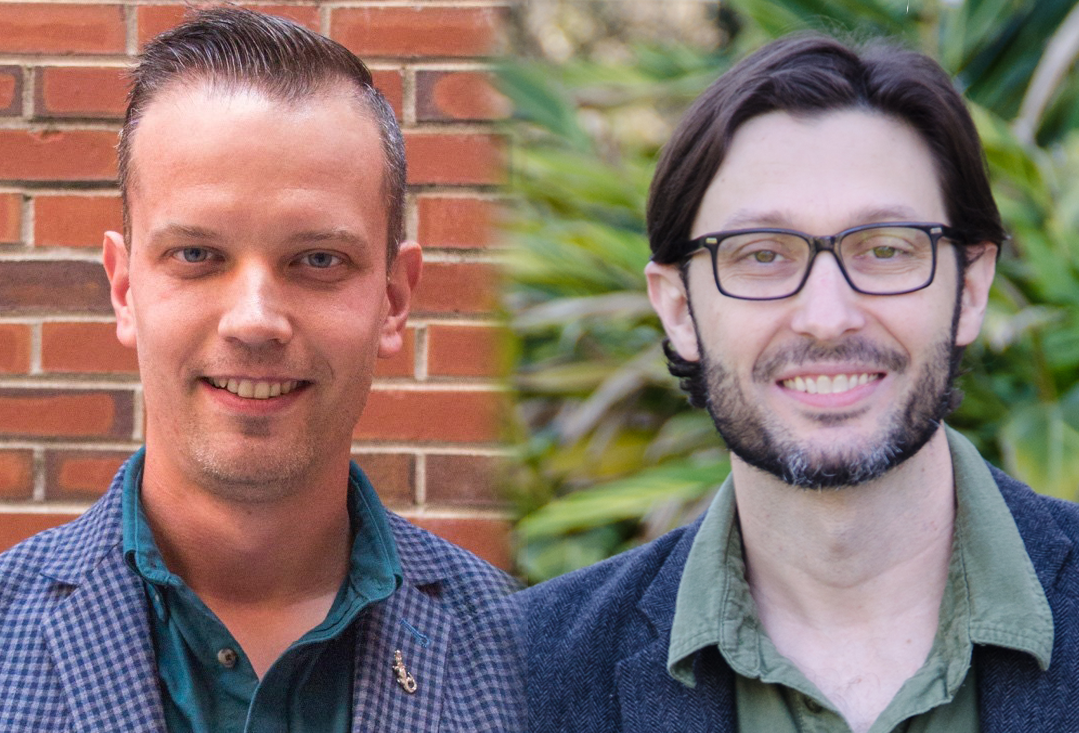Congratulations to Dr. Gregory A. Hudalla, assistant professor, Dr. Benjamin G. Keselowsky, professor, and their team on their manuscript titled, “Locally Anchoring Enzymes to Tissues via Extracellular Glycan Recognition,” that has been published in Nature Communications.
Their collaborative research seeks to address the unmet challenge of installing enzymes within specific tissues to alter local biochemistry while avoiding widespread distribution that leads to off-target changes in organism biochemistry.
Despite more than 50 years of active research, the use of enzymes in medicine remains limited by safety issues resulting from unfavorable pharmacokinetics and pharmacodynamics. This is primarily because a small amount of enzyme can quickly convert a very large quantity of substrate into product.

To achieve this objective, they engineer enzymes to bind to extracellular carbohydrates. The key advances with their strategy are: (1) enzyme residence time can be tuned by varying the number of carbohydrate-binding anchoring units; (2) by targeting common carbohydrates, it is applicable to any tissue site that can be accessed via minimally-invasive injection or during surgical procedures; and (3) it leverages conserved carbohydrates, making it translatable across humans and various animal species.
The impact of this research is to advance enzymes as therapeutics while also fostering new ideas in protein engineering. The ability to engineer local biochemistry by introducing specific enzymes at the right time and place within the body would afford new opportunities to treat diseases such as cancer, metabolic disorders, and autoimmunity, fight infection, enhance wound healing, and promote tissue regeneration. To realize this potential though, approaches are needed to transiently install enzymes within specific tissues to engineer local biochemistry while avoiding widespread distribution that results in off-target reactions throughout the organism.
Nature Communications is a peer-reviewed open access scientific journal published by the Nature Publishing Group. It covers the natural sciences, including physics, chemistry, earth sciences, and biology.
For more information see the Behind the Paper story published on the Nature Research Bioengineering Community blog.
